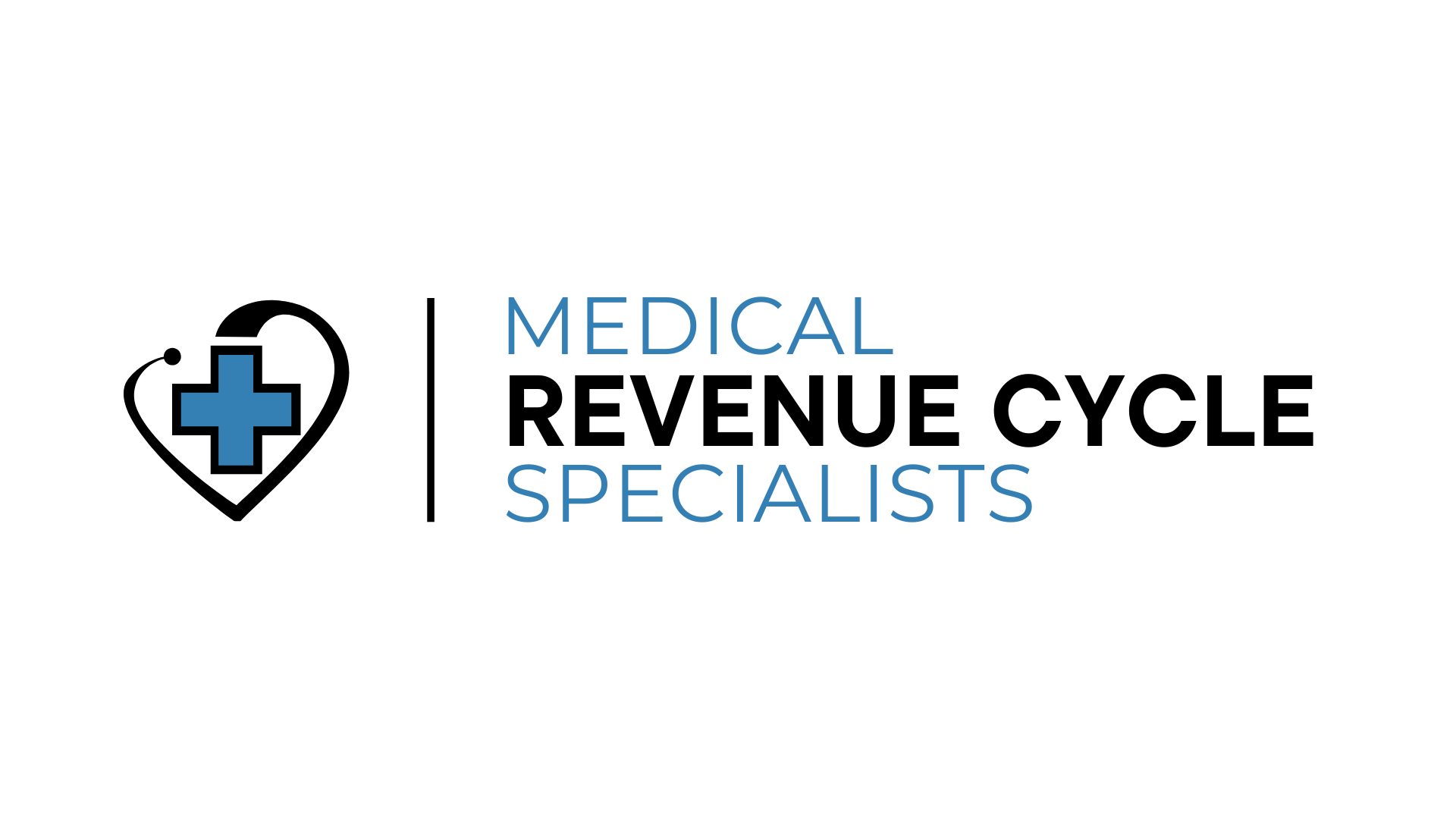What Is Healthcare Revenue Cycle Management and What Role Does It Play?
- Nick Fernandez

- Jan 1, 2023
- 2 min read
Updated: Jun 30, 2023
Healthcare revenue cycle management (RCM) is managing a healthcare organization's finances. RCM helps healthcare organizations maximize reimbursements, improve financial performance, and reduce operational costs. It includes financial activities such as patient billing, claims processing, and payments. This blog will provide an overview of RCM, its components, and how it can help healthcare organizations improve their financial performance.
RCM comprises several related activities, starting with patient registration and ending with payment. Patient registration includes collecting patient information, eligibility verification, and appointment scheduling. Once the patient is registered, the organization can begin billing, generating invoices, submitting claims to insurance companies, and collecting patient payments. Claims processing involves verifying the accuracy of claims, introducing them to insurance companies, and tracking payments. After the claim is processed, the organization can collect payments from patients or insurance companies.
RCM is designed to help healthcare organizations optimize their financial performance by maximizing their reimbursements, reducing operational costs, and improving customer service. By properly managing the revenue cycle, organizations can ensure claims are accurately processed, reduce the amount of denials, and ensure timely payments. Additionally, RCM can help reduce administrative costs and improve customer service by providing more efficient and accurate billing and payments.
Healthcare organizations can increase their financial performance and reduce operational costs by properly managing their revenue cycle. RCM is essential for any healthcare organization and should be appropriately managed to ensure financial success.
Are you interested in maximizing reimbursements, improving financial performance, and reducing operational costs for your healthcare organization? Contact Medical Revenue Cycle Specialists to learn more or get started with effective healthcare revenue cycle management solutions. Take control of your organization's finances and ensure financial success through proper management of your revenue cycle. Improve customer service, reduce denials, and optimize billing and payments. Don't miss out on the opportunity to enhance your healthcare organization's financial performance. Contact Medical Revenue Cycle Specialists today!




Comments